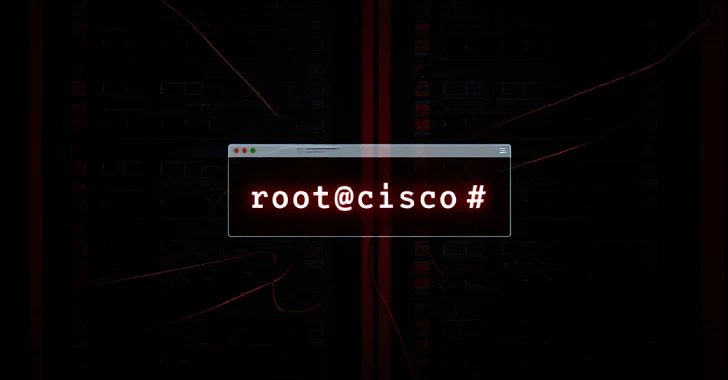Fast Facts
-
Active Exploitation: Cisco has confirmed that recently disclosed critical vulnerabilities in its Identity Services Engine (ISE) and ISE Passive Identity Connector (ISE-PIC) are being actively exploited, prompting an urgent advisory.
-
Critical Vulnerabilities Identified: The vulnerabilities have a CVSS score of 10.0, allowing unauthenticated remote attackers to execute arbitrary code and gain root access. Specific flaws include CVE-2025-20281, CVE-2025-20337, and CVE-2025-20282.
-
Risk of Compromise: These flaws could enable attackers to bypass authentication controls, leading to unrestricted access to corporate networks and potentially compromising critical systems and sensitive data.
- Immediate Action Required: Customers are urged to upgrade to fixed software releases immediately to mitigate risks. Security teams should also monitor logs for unusual activity related to the identified vulnerabilities.
The Issue
On July 22, 2025, Cisco’s Product Security Incident Response Team (PSIRT) issued a stark warning regarding critical security vulnerabilities in their Identity Services Engine (ISE) and ISE Passive Identity Connector (ISE-PIC). These vulnerabilities, which boast a severe CVSS score of 10.0, enable unauthenticated, remote attackers to execute arbitrary code as root—essentially transforming the network access control system into a breach point. The specific vulnerabilities involved include two critical flaws tied to insufficient input validation (CVE-2025-20281 and CVE-2025-20337) and one concerning inadequate file validation checks (CVE-2025-20282), each of which can be exploited to commandeer affected systems with alarming ease.
These alarming developments, reported by Ravie Lakshmanan for Network Security/Vulnerability, highlight a significant threat to organizations that rely on Cisco’s infrastructure for managing user and device access to corporate networks. Given that these security flaws are currently being actively exploited in the wild, Cisco has urged customers to promptly upgrade to patched versions to safeguard against potential breaches. Meanwhile, security teams are advised to scrutinize system logs for unusual API interactions or unauthorized file uploads, as these could signal ongoing malfeasance targeting their critical infrastructure.
Security Implications
The recent vulnerabilities identified in Cisco’s Identity Services Engine (ISE) present a severe risk not only to the impacted systems but also to interconnected businesses, users, and organizations. As ISE serves as a pivotal control mechanism governing network access, its compromise allows attackers to bypass stringent authentication controls, potentially granting them unrestricted access to sensitive internal systems. This breach not only jeopardizes proprietary data but also cultivates an environment where sophisticated cyber-attacks can proliferate, leading to significant financial losses, reputational damage, and disruptions across the supply chain. Furthermore, other organizations relying on Cisco’s infrastructure risk collateral damage as attackers exploit the shared vulnerabilities, effectively transforming a single breach into a cascading series of failures. This scenario underscores the critical importance of immediate and proactive remediation, as neglecting these vulnerabilities could amplify the risk landscape for myriad stakeholders in an increasingly interconnected digital ecosystem.
Possible Remediation Steps
The significance of addressing vulnerabilities in a timely manner cannot be overstated, particularly in the context of the recent announcement by Cisco regarding active exploits that target flaws in Identity Services Engine (ISE), which could lead to unauthenticated root access.
Mitigation Strategies
- Immediate software patching
- Configuration hardening
- Access management review
- System monitoring enhancements
- User training on security protocols
NIST CSF Guidance
The NIST Cybersecurity Framework (CSF) underscores the necessity of identifying, protecting against, and responding to vulnerabilities in critical systems. Refer to NIST Special Publication 800-53 for comprehensive controls and practices pertinent to mitigating such threats effectively.
Advance Your Cyber Knowledge
Discover cutting-edge developments in Emerging Tech and industry Insights.
Learn more about global cybersecurity standards through the NIST Cybersecurity Framework.
Disclaimer: The information provided may not always be accurate or up to date. Please do your own research, as the cybersecurity landscape evolves rapidly. Intended for secondary references purposes only.
Cyberattacks-V1

